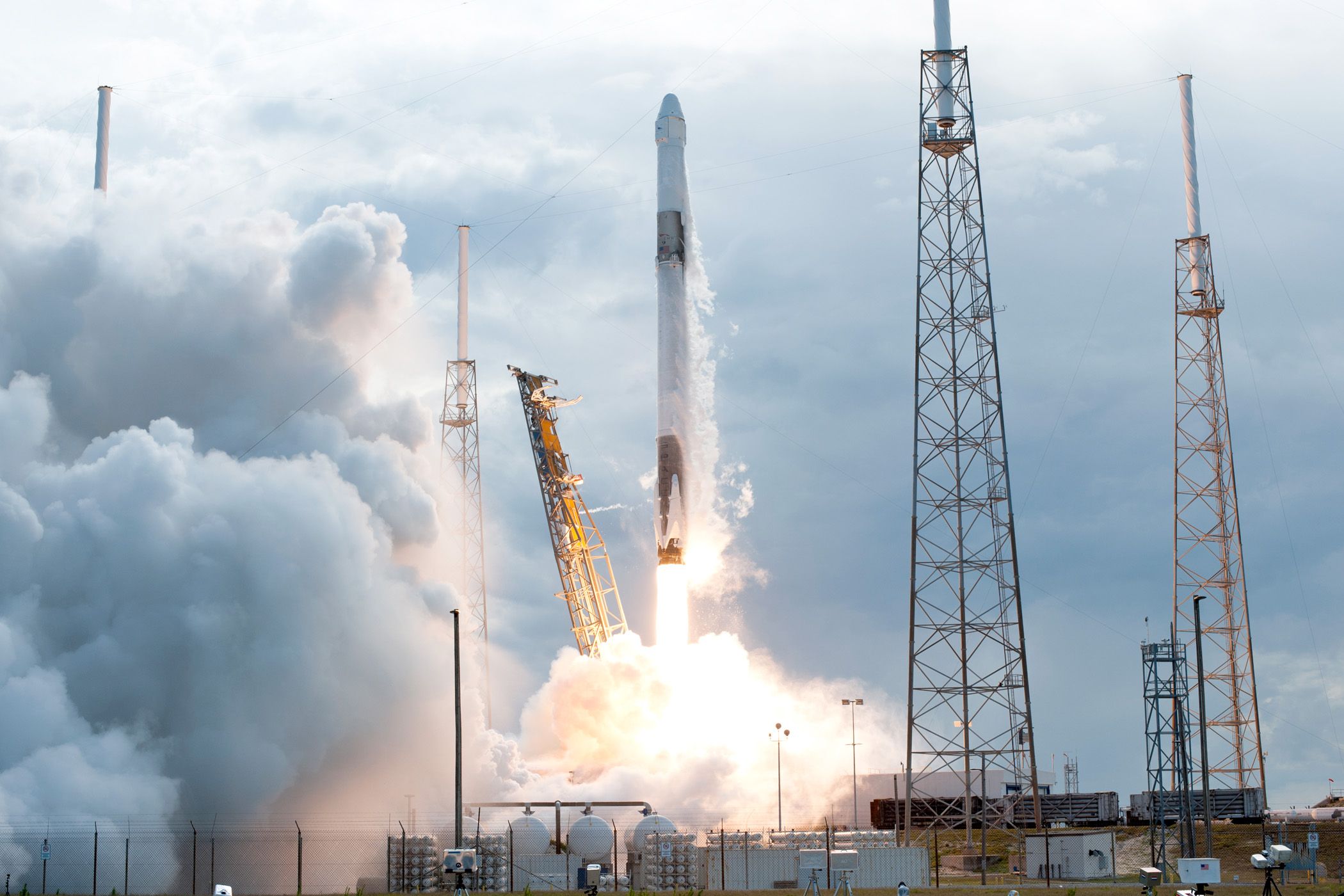
New research has revealed that SpaceX’s Starlink satellites, which deliver high-speed broadband internet, are clogging up the sky and blocking astronomers’ views into space.
Most radio telescopes are built in radio-quiet zones or places with bespoke radioprotectors, meaning scientists can detect faint signals from across the Universe with minimal human-generated interference. However, a study in 2023 highlighted that the “unintended electromagnetic radiation” (UEMR) emanating from Starlink v1.0 and v1.5 interferes with this research. And if that wasn’t frustrating enough for radio astronomers, new research tells us that interference from Starlink’s v2.0 satellites is “up to a factor of 32 stronger compared to the first generation.”
Starlink satellites provide internet to some of Earth’s most remote and conflict-stricken places, where traditional broadband providers can’t. However, the Netherlands Institute for Radio Astronomy (ASTRON) says that the increasing number of broadband satellites is impacting the signals gathered by the LOFAR (Low-Frequency Array) telescope. It goes on to say that the v2.0 satellites orbit closer to Earth than previous generation satellites—Starlink’s generation 1 satellites orbit at around 550 km above Earth, whereas generation 2 satellites orbit at around 450 km, so “the signals will be 30–130% brighter.”
As a result, radio astronomers are battling to mask the satellites’ radio emissions, causing low-frequency telescopes to be less sensitive to waves coming from outer space. Moreover, with the presence of more satellites than ever before, the radio telescopes’ wide fields of view are more likely to capture more than one satellite at any given point, making masking more challenging.
According to astronomer Jonathan McDowell, there are currently 6,402 Starlink satellites in Earth’s orbit—over 5,000 more than SpaceX’s main satellite competitor—and Musk’s company plans to launch more into space later this week. What’s more, Amazon’s Project Kuiper aims to add 3,000 to that ever-growing number in its attempt “to increase global broadband access.”
Presently, there are no regulations to address satellite UEMR interference in space research. As a result, the research concludes that scientists “will have to raise and address this issue with regulatory bodies as well as satellite operators,” and they hope that the study “allows SpaceX to identify the satellite components involved in the emission of UEMR and devise mitigation strategies in already operational satellites.”
Source: Astronomy & Astrophysics, BBC





